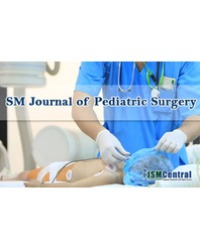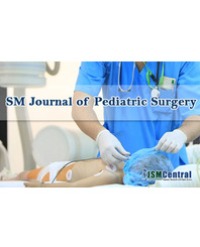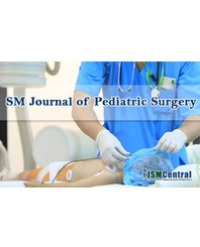
Situs Inversus Abdominis in Association with Intestinal Malrotation and Ladd
Situs inversus is a rare condition. But situs inversus in association with malrotation of the gut and Ladd’s bands not reveled in new-born period is extremely rare. This report describes a girl of 4 years with persistent bile-stained emesis during two months. Her radiological investigations revealed reverse position of stomach and duodenum whereas the heart located in normal position. Surgical exploration noticed stomach and spleen in the right side and liver in the left side with gallbladder in the epigastric area. Intestinal malrotation with Ladd’s band was also noticed. Two levels of obstruction were found. The duodenal obstruction was partial and due to extrinsic compression by Ladd’s band. Jejunal obstruction linked to an intramesenteric “8” crossing immediately downstream the Treitz angle and was also partial. Only jejunal derotation and Ladd procedure allowed the girl healed with an eventful postoperative period. Treatment of duodenal or jejunal obstruction with or without situs inversus is the same.
Missoki Azanlédji BOUME¹*, Komlan ADABRA², Komlan Anani MIHLUEDO-AGBOLAN¹, Serge Codjo METCHIHOUNGBE¹, and Gamedzi Komlatsè AKAKPO-NUMADO¹




